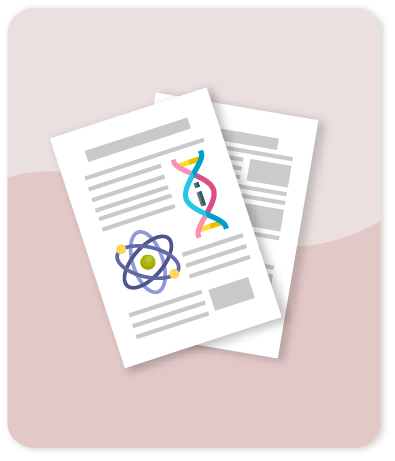Not all platinum surfaces are the same: Effect of the support on fundamental properties of platinum adlayer and its implications for the activity toward hydrogen evolution reaction

Compartir este ítem
Autor
Koverga A.A.
Flórez E.
Jimenez-Orozco C.
Rodriguez J.A.
Citación
Metadatos
Mostrar el registro completo del ítemResumen
The adsorption of atomic hydrogen on a platinum monolayer supported on orthorhombic Mo2C(100) surface has been investigated, considering different hydrogen surface coverages. Calculations have been performed using density functional theory with the Perdew–Burke–Ernzerhof exchange correlation functional and a D3 van der Waals corrections. The theoretical insight has been gained into atomic hydrogen interaction with Pt monolayer, supported on both molybdenum and well-studied tungsten carbide, and considering hydrogen surface coverage. Fundamental properties of Pt adlayer depend on the support, affecting hydrogen evolution activity of the resulting systems. At low hydrogen coverage all systems, with the exception of Pt supported on the molybdenum-terminated Mo2C, adsorb H comparably to a pristine Pt(111) surface and their high activity for the hydrogen evolution reaction is predicted. At higher coverages supported Pt monolayers interact with atomic hydrogen unlike the Pt(111), suggesting that the activity of the supported and unsupported platinum toward hydrogen evolution reaction have different origins. Furthermore, the position of the supported platinum monolayers on the volcano curve is a function of the surface coverage, more so than for extended metal surfaces. Therefore, hydrogen surface coverage is a key variable to understand the catalytic potential, approaching towards an improved model for screening of electrocatalytic systems. © 2020 Elsevier Ltd
Colecciones
- Indexados Scopus [1632]
